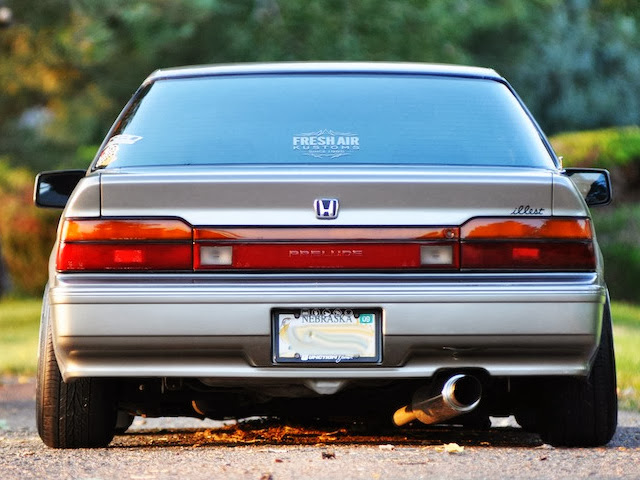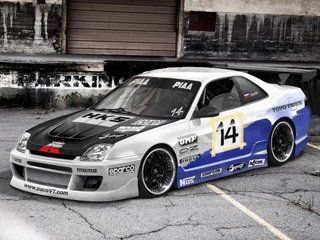The Prelude was an excellent sports car from day one. It's too bad Honda couldn't find a permanent place for it in the model lineup.

The Honda Prelude was the car which put Honda on the performance map before the tuning floodgates would even open. Its long hood gave it a look sort of like a scaled-down muscle car, and the well-balanced car was enjoyable to drive even in stock form. The Prelude was also quite an easy car to modify, and as a model which had been intended as a performance car from the outset, the aftermarket community gave it quite a bit of attention.

The Prelude first debuted in 1978 as a 1979 model. In Japan it was available only through Honda's "Verno" dealerships, a more youth-oriented sales channel, similar to Toyota's North American Scionbrand of today. The car was based heavily on the Accord sedan, but with pony car-esque styling to make it competitive with Toyota's recently-introduced Celica. The 1.6-liter engine came from Accord and produced 72 horsepower, earning it the nickname "Honda Quaalude" upon its debut in the US from those expecting a car with this kind of styling to produce more power.
Improvements to the emissions control system would improve things in 1980, and then the second generation of the car would debut in 1983 with more power. But it was the third-gen Prelude, introduced in 1988 where the car would really come into its own. The B20 engine was now considerably more powerful, and in Si trim, the Prelude now had nearly double the horsepower offered when it was introduced a decade before. Handling was excellent as well, and when Road & Track did a slalom test of the 1988 Prelude Si, it beat every other car that year, including some seriously exotic European models.


Though the third generation might have been the point when Honda's work on the Prelude really stepped up, it is the fourth generation which tuners really became interested in. Introduced in 1991 in Japan and 1992 in North America, the fourth-gen Prelude finally abandoned the B-series engine in favor of either an F22, H22 or H23 engine. The VTEC H-series engines are generally those favored by tuners for a number of reasons. The H22A1 produced 187 horsepower and 153 lb-ft of torque in stock trim, and offered better low-end torque than was typical in Honda's high-revving engines.
It was also soon discovered that the engine could handle more boost in stock form than was usually the case, and this was always good news. Significant gains could be achieved by getting the head flowed and ported, and while the head was off, it certainly didn't hurt to go ahead and put in a more aggressive cam as well. With some upgrades to the fuel system, a turbocharger could be added here as well, and with a strengthened and balanced bottom end, a much larger turbocharger could be added. Of course, this is still a front-wheel-drive car, and this more than the engine will ultimately limit the amount of usable power that you can squeeze out of the engine.


A fifth generation of the Prelude debuted in 1997, with boxier styling more reminiscent of the third-gen car. The H-series engine stayed, but now produced more power in stock form, and the Type-S was now up to 217 horsepower. But by this point the Prelude was being squeezed out of the lineup by the Civic Si on one side, the Accord Coupe on the other and the Acura RSX/Integra from above. It had become irrelevant and was killed off in 2001 after a massive drop off in sales. But the Prelude is one of those cars which got better with each generation, and never had to suffer the indignity of what happened to the poor MitsubishiEclipse.
Those looking for an old Prelude for some tuning work should probably just buy the newest one they can find. The fifth generation gives you the best starting point, although if you're going to be taking the whole engine apart anyway, a fourth-gen Prelude would probably work just as well. It should go without saying that you won't get the kind of performance out of this that you would from, say, a Toyota Supra. But the Prelude is also much cheaper, both to buy initially and to tune. Throw in that unbelievably good handling and you've got one of the best budget tuner cars around.



Related News



